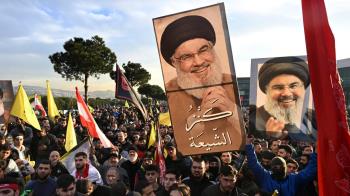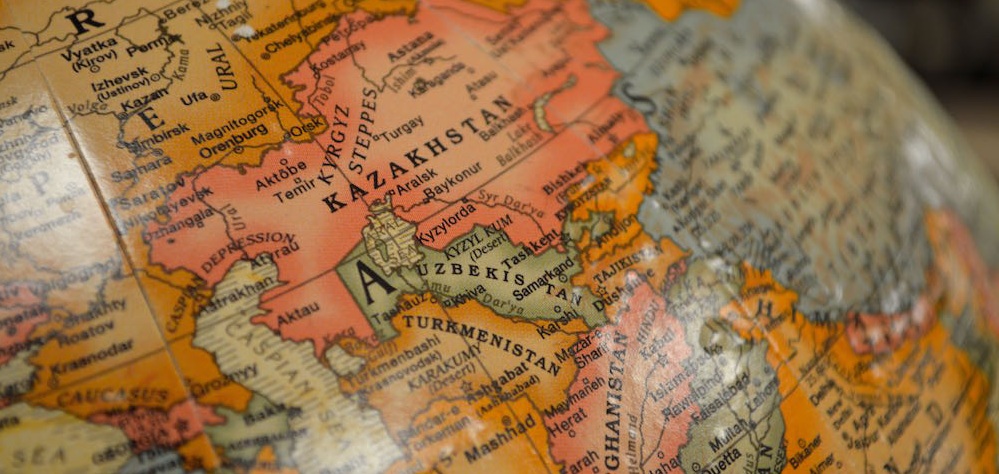Alwaght- Breakup of the Soviet Union in the early 1990s gave birth to five new independent republics in Central Asia region: Kyrgyzstan, Uzbekistan, Kazakhstan, Turkmenistan, and Tajikistan.
After the end of the Cold War, when the Central Asia name was cited, these five states came to represent the region. It must be taken into account that in the past other concepts came to define the region, such as the “Greater Central Asia”, which envisioned expanded borders of this region.
The global powers have had conflicting interpretations from the Greater Central Asia concept. For example, when the Soviet Union was still in power, Central Asia was considered incomplete without Afghanistan and the Chinese northwestern province of Xinjiang. The collapse of the Soviet rule, on the one hand, and the Chinese growth, on the other hand, enabled Beijing to seek influence in Central Asia. In absence of a power as great as the Soviet Union, China sought to fill the vacuum of power.
But the Chinese had, and of course still have, their definition and view of Greater Central Asia different from that of the Soviet Russians. For them, Greater Central other than the current five republics also includes Mongolia, Afghanistan, Pakistan, and Iran. The US, on the opposite side, in the past few years unveiled its own interpretation of this region, mainly different from those of China and Russia in a bid to expand its interests in the strategically significant region. The US version beside the former republics of the Soviet Union also includes Afghanistan, Pakistan, and India.
With this in mind, it becomes clear that Russia, China, and the US are the top contestants in this region, each with its own influence instruments and various views of its size and borders.
On January 17, the Russian Foreign Minister Sergey Lavrov commented on the US intention to hold a meeting between US Secretary of State Rex Tillerson and the foreign ministers of five Central Asian republics of the former Soviet Union in the “5+1” format in one of these countries, saying Washington’s intention to establish relations with Central Asian states is not aimed at helping their economic growth; rather the US is pursuing its geopolitical goals and implementing the Greater Central Asia project. But what is hiding behind the American Greater Central Asia plan? And what threats could be posed to Russia consequently?
A glance at the documents and the US behaviors in various parts of the world shows that Washington views Beijing and Moscow as the key challengers of its global hegemony. This feeling motivates the American decision-makers to restrict China and Russia in their geographic vicinity by embarking on some policies. The Greater Central Asia, on the one hand, aims to contain Russia and, on the other hand, check the burgeoning Chinese power expansion. The core point of the US design is to push the Central Asian republics towards South Asia by circumvention of the Russian and Chinese policies. This is well predicted by the Russians as Foreign Minister Lavrov said that the nature of the Greater Central Asia project revolves around redirection of the Central Asian projects towards South Asia without partnership with Russia. Certainly, unlike China, the US eyes geopolitical, and not economic, purposes behind its Greater Central Asia project.
The Central Asian states' efforts to diversify their foreign partners provide the US with potentials and backgrounds for implementation of its plot, especially that the US new national security strategy introduced a new game in Asia, with South Asia being one of the main playgrounds.
Analysts suggest that in case of implementation of the plan the Russians will be sustained the biggest losses. This is because the Central Asian republics are the reliable partners of Moscow on the global stage. Moreover, the West is day by day tightening the encirclement of Russia, and now the only protection barrier between the West and Moscow is the “near abroad”, which is comprised of the surrounding republics.
Therefore, the Greater Central Asia is majorly aimed at harming the Russian, and of course the Chinese, interests. Russia, however, years ago read the American thought and the upcoming threat and designed ambitious Greater Eurasia partnership project to be the most apparent obstructionist power in the face of the American scenario.
While China relies on the economic relations for gaining weight in Central Asia, the US put a premium on security aspects of the influence because of its military presence in Afghanistan. Russians do not react to Chinese efforts for establishing business ties with the regional states, but they will not remain in the face of the US and even the EU movements in the region.
Russians have introduced what is now dubbed in political terms as “Russia's Monroe Doctrine". The strategy seeks to firmly push back US struggle to expand its influence in Central Asia, the same policy Americans adopted in early 19th century when they drew lines of restrictions for the European toeholds in the Americas. For the Russians, the current republics of Central Asia and the Caucasus, and even Eastern Europe, are Russia's near abroad and secure the greatest attention in the Russian foreign policy. 2008 Georgia war and separation of Abkhazia and South Ossetia, as well as Ukraine and Crimea Peninsula incidents, laid bare that Moscow is highly sensitive to the Western-led geopolitical manipulation actions and crossing Russia's red lines will not be a piece of cake.
Kremlin ambitiously eyes a strong bloc out of the political and economic partnerships in Eurasia. Russian President Vladimir Putin has long been pursuing the Greater Eurasia. For Kremlin leaders, the Greater Eurasia can also encompass China, India, Pakistan, and Iran. Although Russia ostensibly denies that the project is anti-Western and even invites the European countries to come on board, but indeed exclusion of the West is Moscow's top intention.
In the Russian mindset, the Greater Eurasia should be a huge global bloc. But it is yet to be clear how strong the Russian plan could take on the rivals amid emerging new projects by other powers like the US.



























